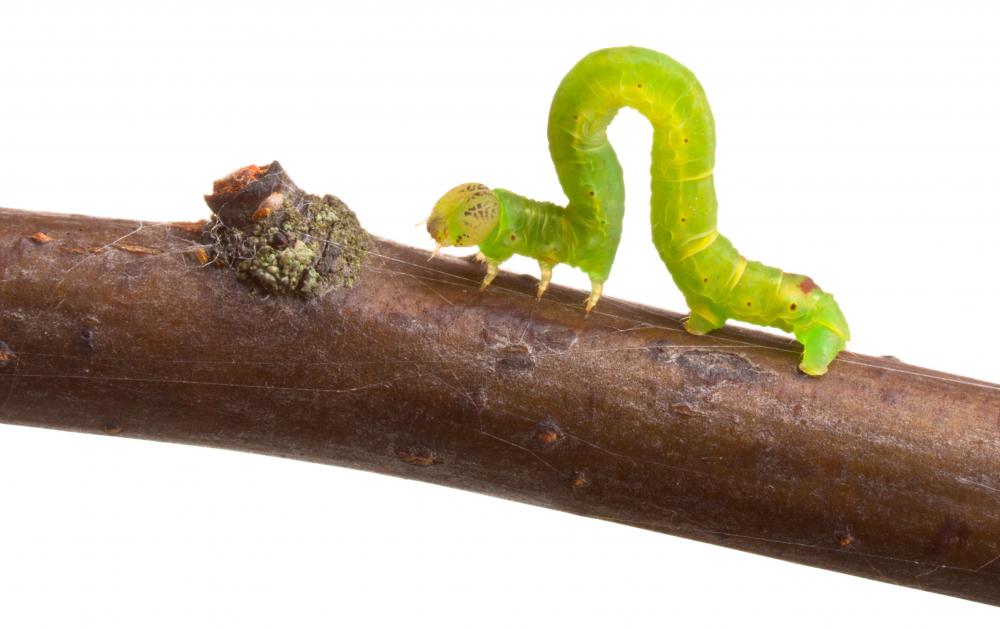At HomeQuestionsAnswered, we're committed to delivering accurate, trustworthy information. Our expert-authored content is rigorously fact-checked and sourced from credible authorities. Discover how we uphold the highest standards in providing you with reliable knowledge.
What are the Different Tomato Pests?
Tomato pests are insects or worms that eat various parts of the tomato plant. They attack tomato plants from the moment they begin to grow from the ground. These ruthless insects damage various parts of the tomato plant. Some tomato pests attack the leaves or buds of the plant, while others damage the roots of the plant. Still others may suck the sap from tomato plants.
Stinkbugs, tomato hornworms, tomato fruitworms, blister beetles, aphids, and pinworms are a few of the most common tomato pests. Gardeners should be alert to signs of these pests in order to save their tomatoes from destruction. Using simple methods of prevention and plant care can help keep destructive tomato pests from decimating tomato plants.

Stinkbugs are brown or green insects that generally cause little damage to tomato plants. They tunnel through tomatoes and buds, causing leaves to drop and the tomatoes to grown misshapen. Tomato hornworms are long caterpillars that feed on tomatoes and hide beneath the branches of the tomato plant.
The tomato fruitworm can be brown, pink, or green. It has pale colored stripes on its back and side. It burrows its way inside the tomato, moving from one tomato to the next until it is time for it to become a pupa.

Blister beetles are long, thin beetles that are black with black or yellow stripes. This type of insect eats tomato plant leaves. In contrast, the blister beetle larvae eat grasshopper eggs. Consequently, this stage of blister beetle can help protect tomato plants.
Aphids are insects that may or may not have wings. They congregate beneath the leaves or stems of the tomato plant so they can suck its sap. Two types of aphids can be found on tomato plants — the potato aphid and the green peach aphid. The potato aphid may be pink or green. Sometimes it may be a combination of the two colors. Green peach aphids may be yellow or green.

Pinworms are caterpillars that burrow their way into a tomato in the area located near the stem. A few pinworms may even bore through the tomato plant leaves. Since this type of pest burrows beneath the stem, it is extremely difficult to detect its presence until the damage has already been wreaked on the plant.
In order to combat tomato pests, gardeners need to immediately take steps to eliminate them. This can be accomplished by squashing the pest or removing it from the plant by spraying it with water. All-purpose insecticides should never be applied to a tomato garden as this can kill spiders and other useful insects that eat tomato pests. Instead, choose horticultural oil, neem oil, or insecticidal soap. All three products can be purchased from the local gardening store.
AS FEATURED ON:
AS FEATURED ON:















Discussion Comments
Post your comments